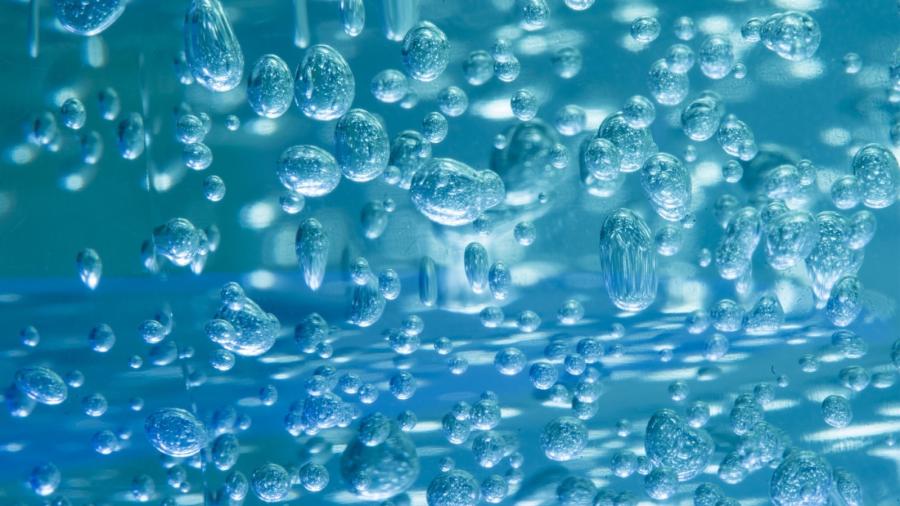DO in H2O: What is Dissolved Oxygen and How Does it Affect Your Water?

Have you ever set a glass of water on your bedside table only to take a drink out of it a few days later and think the water tastes “flat” or different? Chances are the water is missing dissolved oxygen. Dissolved oxygen (also called DO) is gaseous oxygen dissolved in water that you can’t see. Generally speaking, the more dissolved oxygen in the water the better it tastes.
At Cleveland Water, we have sensors on our offshore buoys and in our intake tunnels that help us keep track of the dissolved oxygen levels in our source water, Lake Erie. The exact amount of DO in water depends on:
- Temperature: Cold water holds more DO than warm water;
- Air pressure: High air pressure pushes more DO into the water than low air pressure;
- Wave action: Water will have more DO on a windy day than on a calm day; and
- The balance between oxygen creation and oxygen use: Oxygen is created through photosynthesis by aquatic plants and is used by fish and other creatures that live in the water as well as the decomposition process.
These properties mean that a string of multiple hot summer days with little wind will cause DO levels in the water to decrease, especially as you go lower in the water column where the deeper water is not exposed to the air.
Why does the amount of DO in water matter? Dissolved oxygen in water takes up space in the water. When DO levels are high, there isn’t a lot of room for the water to hold other dissolved things. When DO levels are very low, minerals from the lakebed will more readily dissolve into the water. While these minerals do not impact human health, they can impact how water tastes and smells.
If any of our water quality monitors indicate that water with low DO levels is moving toward one of our four intakes, water treatment plant operators will adjust the treatment process to help remove taste and odor compounds that that may exist due to the lack of DO or an increase in minerals and organics.
Treatments include adding powdered activated carbon, which helps to alleviate the problems with taste, odor, and color; adding sodium hydroxide if the pH drops too low; and adjusting the dose of aluminum sulfate, a coagulant used to make suspended particles bond to each other in plant’s flocculation tanks then settle to the bottom during the next step in the water treatment process.
At Cleveland Water, we value our customers and we drink the water you drink. Our goal is to make the water coming out of your tap as consistent, high quality and good tasting as possible. As for the water in the glass on the bedside table, you can add more oxygen to the water simply by pouring it back and forth from glass to glass or putting it in a reusable bottle and shaking it up.
